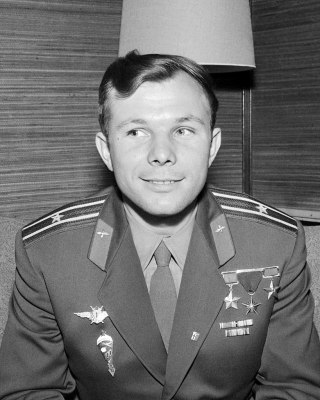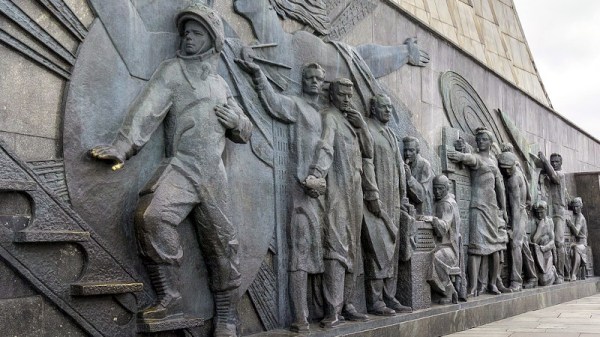We’re always a wee bit suspicious about articles that announce some sort of “World’s first” accomplishment. With a couple of hundred thousand years of history, most of which wasn’t recorded, over which something like 117 billion humans have lived, any claims of primacy have to be taken with a grain of salt. So when the story of the world’s first instance of a car being hit by a meteorite came across our feed, we had to check it out. The car in question, a Tesla, was being driven in South Australia by veterinarian Andrew Melville-Smith when something suddenly crashed into its windshield.
tiangong3 Articles
Video Provides Rare Look Inside China’s Space Station
China has a space station — it’s called Tiangong, the first module was launched in 2021, and it’s all going quite swimmingly, thank you very much. That’s essentially what we know about the orbital complex here in the West, as China tends to be fairly secretive when it comes to their activities in space.
But thanks to a recently released video by the state-funded CCTV Video News Agency, we now have an unprecedented look inside of humanity’s newest orbital laboratory. Shenzhou-18 crew members [Ye Guangfu], [Li Cong], and [Li Guangsu] provide viewers with a full-blown tour of the station, and there’s even baked-in English subtitles so you won’t miss a beat.
The few looks the public has gotten inside of Tiangong in the past have been low-resolution and generally of the “shaky cam” variety. In comparison, this flashy presentation was clearly made to impress an international audience. But let’s be fair, if you managed to build your own crewed station in low Earth orbit, wouldn’t you want to show it off a bit? Continue reading “Video Provides Rare Look Inside China’s Space Station”
As Chinese Wheels Touch Martian Soil And Indian Astronauts Walk Towards The Launch Pad, Can We Hope For Another Space Race?
If you were born in the 1960s or early 1970s, the chances are that somewhere in your childhood ambitions lay a desire to be an astronaut or cosmonaut. Once Yuri Gagarin had circled the Earth and Neil Armstrong had walked upon the Moon, millions of kids imagined that they too would one day climb into a space capsule and join that elite band of intrepid explorers. Anything seems possible when you are a five-year-old, but of course the reality remains that only the very fewest of us ever made it to space.
Did You Once Dream Of The Stars?

The picture may be a little different for the youth of a few decades later though, did kids in the ’90s dream of the stars? Probably not. So what changed as Shuttle and Mir crews were passing overhead?
The answer is that the Space Race between the USA and Soviet Union which had dominated extra-terrestrial exploration from the 1950s to the ’70s had by then cooled down, and impressive though the building of the International Space Station was, it lacked the ability to electrify the public in the way that Sputnik, Vostok, or Apollo had. It was immensely cool to people like us, but the general public were distracted by other things and their political leaders were no longer ready to approve money-no-object budgets. We’d done space, and aside from the occasional bright spot in the form of space telescopes or rovers trundling across Mars, that was it. The hit TV comedy series The Big Bang Theory even had a storyline that found comedy in one of its characters serving on a mission to the ISS and being completely ignored on his return.
A few years ago a Chinese friend at my then-hackerspace was genuinely surprised that I knew the name of Yang Liwei, the Shenzhou 5 astronaut and the first person launched by his country into space. He’s a national hero in China but not so much on the rainy edge of Europe, where the Chinese space programme for all its progress at the time about a decade after Yang’s mission had yet to make a splash beyond a few space watchers and enthusiasts in hackerspaces. But this might be beginning to change.













